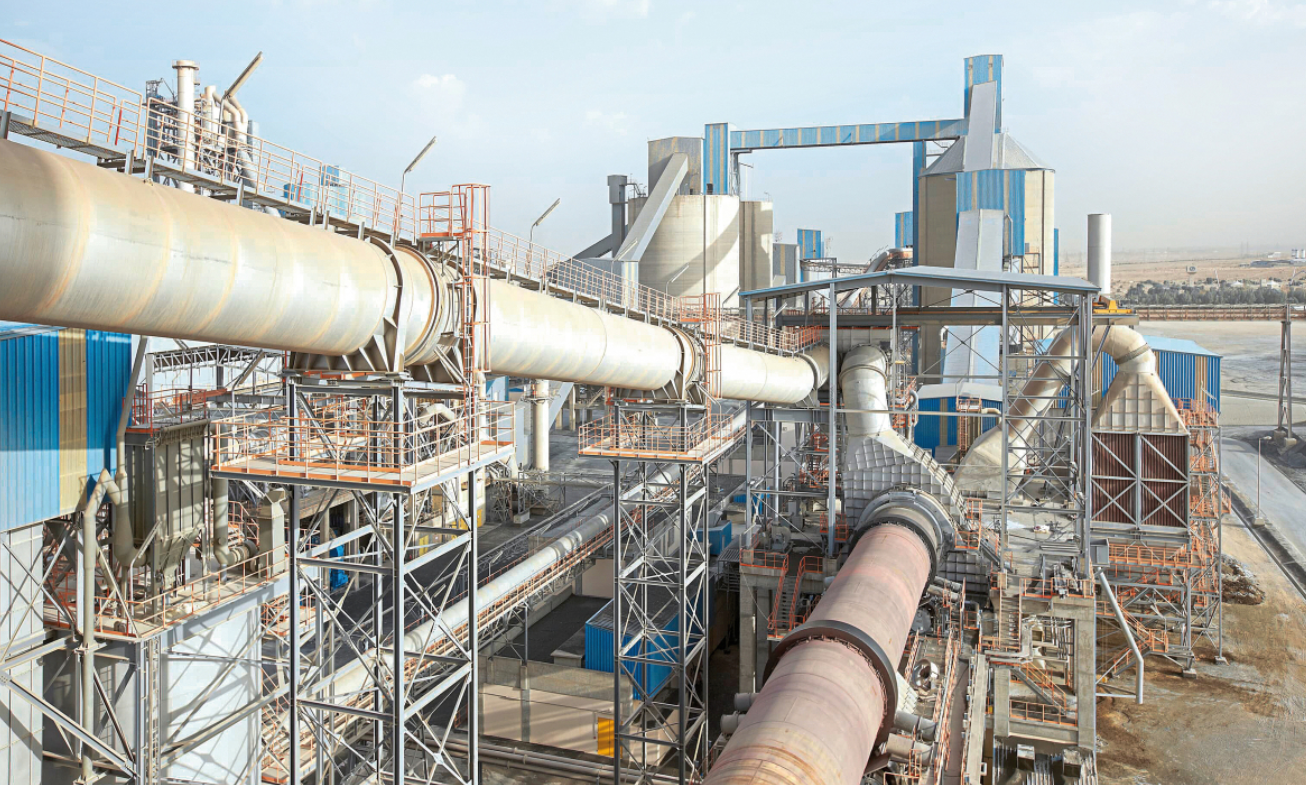Contents
Artificial Intelligence in the Cement Industry: Comprehensive Guide and New Trends

TO Download this post and all the books and excel sheets and my personal notes and presentations I collected bout cement industry click the below paypal link
Artificial Intelligence in the Cement Industry: Comprehensive Guide and New Trends
Artificial Intelligence (AI) is revolutionizing various industries, and the cement industry is no exception. The integration of AI into cement production processes offers numerous benefits, including increased efficiency, reduced costs, improved quality control, and enhanced sustainability. This comprehensive guide explores the various aspects of using AI in the cement industry, detailing current applications, emerging trends, and the future outlook.
Table of Contents
- Introduction to AI in the Cement Industry
- AI Applications in Cement Production
- Predictive Maintenance
- Process Optimization
- Quality Control
- Energy Management
- AI-Driven Tools and Technologies
- Machine Learning Algorithms
- Data Analytics Platforms
- IoT Integration
- Digital Twins
- Case Studies
- Predictive Maintenance Success Stories
- Process Optimization Examples
- Benefits of AI in Cement Production
- Cost Reduction
- Enhanced Efficiency
- Sustainability and Environmental Impact
- Challenges and Limitations
- Data Quality and Integration
- Technological Barriers
- Workforce Adaptation
- Future Trends in AI for the Cement Industry
- Autonomous Operations
- Advanced Robotics
- AI-Powered Sustainability Initiatives
- Conclusion
1. Introduction to AI in the Cement Industry
Artificial Intelligence refers to the simulation of human intelligence processes by machines, especially computer systems. In the cement industry, AI is used to analyze vast amounts of data to optimize production processes, predict maintenance needs, and ensure quality control. The adoption of AI in cement manufacturing is driven by the need for improved efficiency, cost savings, and environmental sustainability.
2. AI Applications in Cement Production
Predictive Maintenance
Predictive maintenance uses AI algorithms to predict when equipment failures might occur, allowing for proactive maintenance. This minimizes downtime and extends the lifespan of machinery.
Example:
- Vibration Analysis: AI algorithms analyze vibration data from machinery to detect early signs of wear and tear.
- Temperature Monitoring: AI monitors temperature variations in equipment to identify potential overheating issues.
Process Optimization
AI optimizes various processes within the cement production line, from raw material handling to clinker production and grinding.
Example:
- Clinker Cooling Optimization: AI adjusts the cooling process parameters to ensure optimal clinker quality and energy efficiency.
- Grinding Efficiency: AI algorithms fine-tune grinding parameters to maximize output and minimize energy consumption.
Quality Control
AI enhances quality control by continuously monitoring production parameters and ensuring that the final product meets specified standards.
Example:
- Real-time Composition Analysis: AI systems analyze the chemical composition of raw materials and clinker in real-time, ensuring consistent quality.
- Defect Detection: AI-powered image analysis detects defects in the final product, reducing the risk of substandard cement reaching the market.
Energy Management
AI helps cement factories optimize their energy consumption, reducing costs and environmental impact.
Example:
- Kiln Energy Optimization: AI algorithms adjust kiln parameters to maximize energy efficiency.
- Power Usage Monitoring: AI systems monitor and optimize power usage across the production process.
3. AI-Driven Tools and Technologies
Machine Learning Algorithms
Machine learning algorithms are the backbone of AI applications in the cement industry. These algorithms learn from historical data to make predictions and optimize processes.
Data Analytics Platforms
Data analytics platforms collect and analyze data from various sources within the cement plant, providing insights that drive decision-making.
IoT Integration
The Internet of Things (IoT) connects various devices and sensors within the cement plant, enabling real-time data collection and analysis.
Digital Twins
A digital twin is a virtual model of a physical asset. In cement manufacturing, digital twins are used to simulate and optimize production processes.
4. Case Studies
Predictive Maintenance Success Stories
- Case Study 1: A major cement manufacturer reduced unplanned downtime by 20% through the implementation of an AI-driven predictive maintenance system.
Process Optimization Examples
- Case Study 2: A cement plant achieved a 15% increase in production efficiency by using AI to optimize the clinker cooling process.
5. Benefits of AI in Cement Production
Cost Reduction
AI reduces costs by minimizing unplanned downtime, optimizing energy usage, and improving overall process efficiency.
Enhanced Efficiency
AI-driven process optimization ensures that every aspect of cement production operates at peak efficiency.
Sustainability and Environmental Impact
AI helps cement plants reduce their environmental footprint by optimizing energy consumption and minimizing waste.
6. Challenges and Limitations
Data Quality and Integration
The effectiveness of AI relies on high-quality data. Integrating disparate data sources and ensuring data accuracy can be challenging.
Technological Barriers
Implementing AI requires significant investment in technology and infrastructure. Overcoming these barriers is essential for successful AI adoption.
Workforce Adaptation
The introduction of AI requires training and adaptation of the workforce to work alongside advanced technologies.
7. Future Trends in AI for the Cement Industry
Autonomous Operations
Future cement plants may operate autonomously, with AI managing every aspect of production, from raw material extraction to final product packaging.
Advanced Robotics
Robotics, powered by AI, will play an increasingly significant role in cement production, performing tasks that are hazardous or repetitive for human workers.
AI-Powered Sustainability Initiatives
AI will drive new sustainability initiatives, such as carbon capture and utilization, helping the cement industry reduce its environmental impact.
8. Conclusion
The integration of AI in the cement industry offers numerous benefits, from increased efficiency and cost savings to improved quality control and sustainability. While there are challenges to overcome, the future of AI in cement manufacturing is promising, with advancements in technology and a growing focus on sustainability driving innovation.
By embracing AI, the cement industry can enhance its operational capabilities, reduce its environmental footprint, and remain competitive in a rapidly evolving market.
